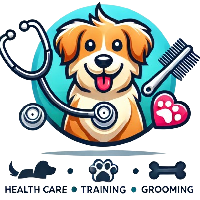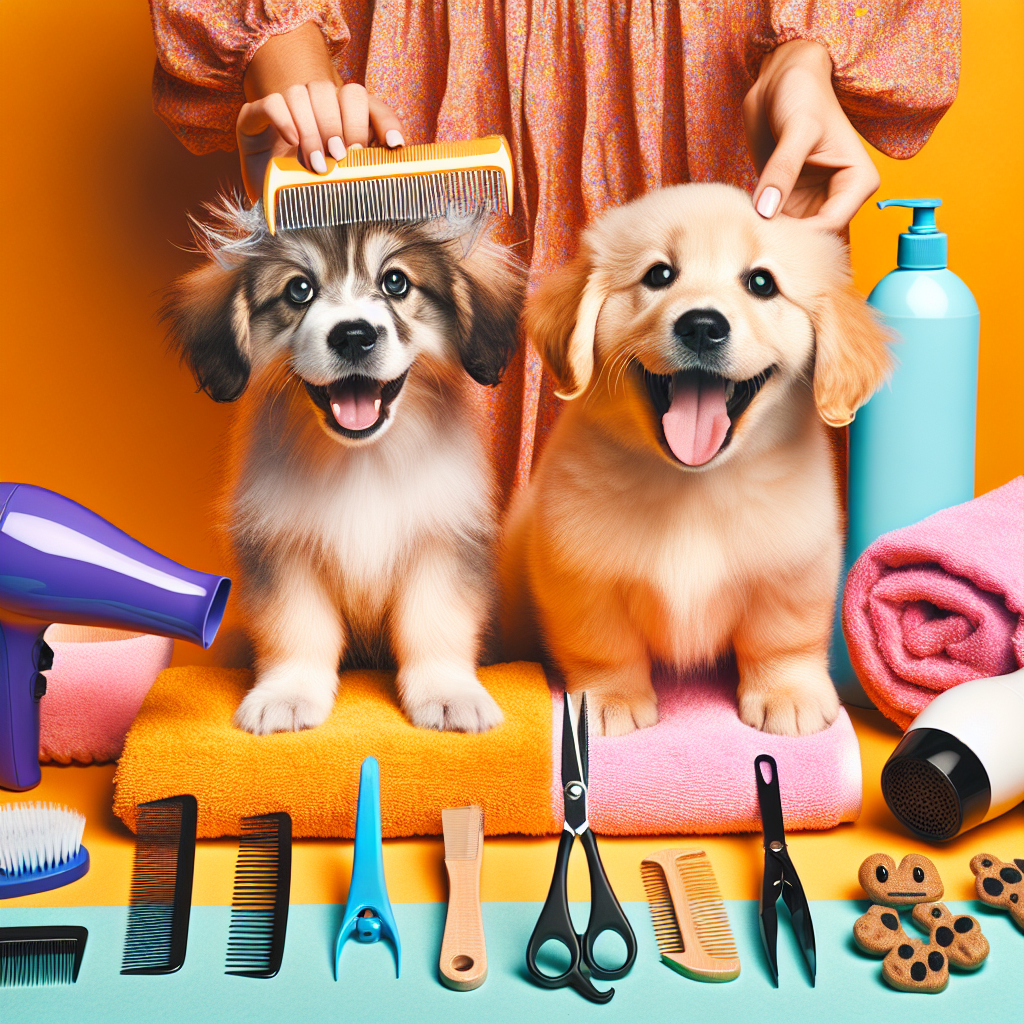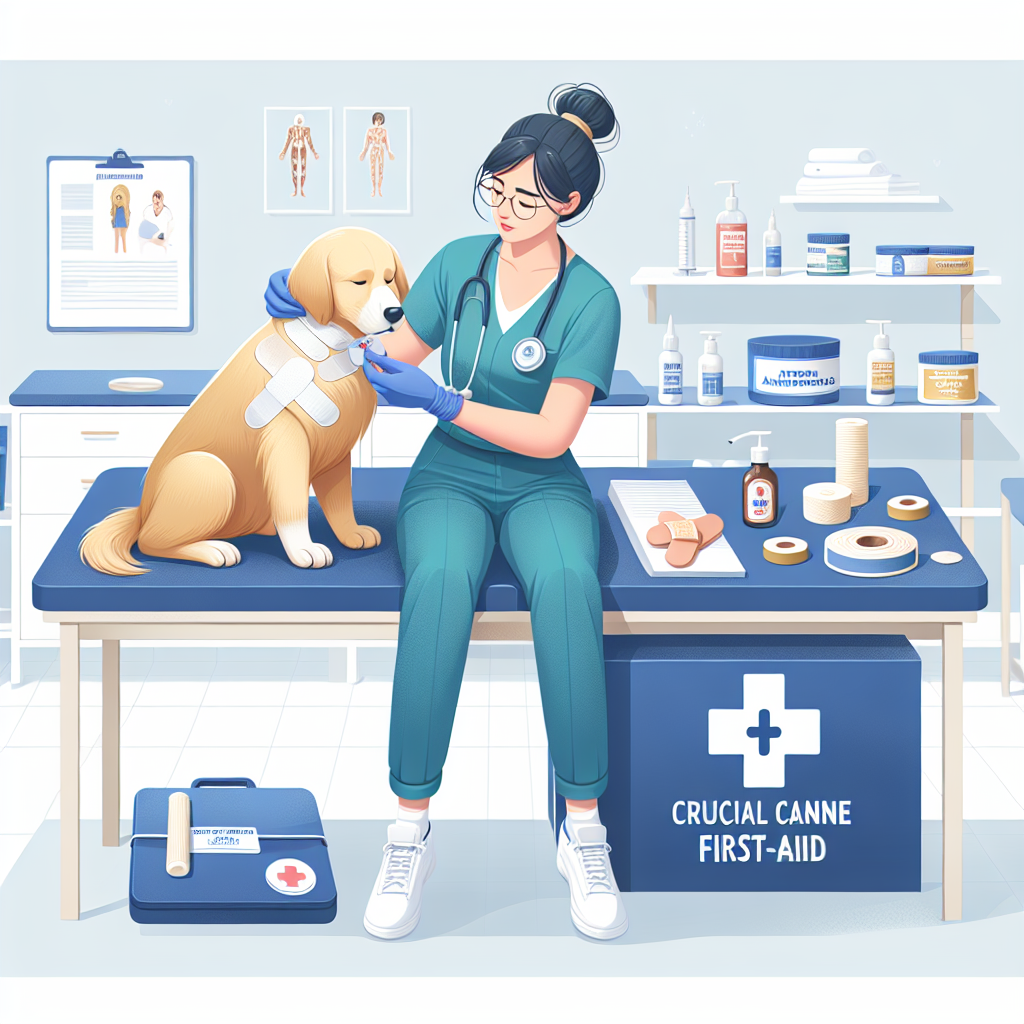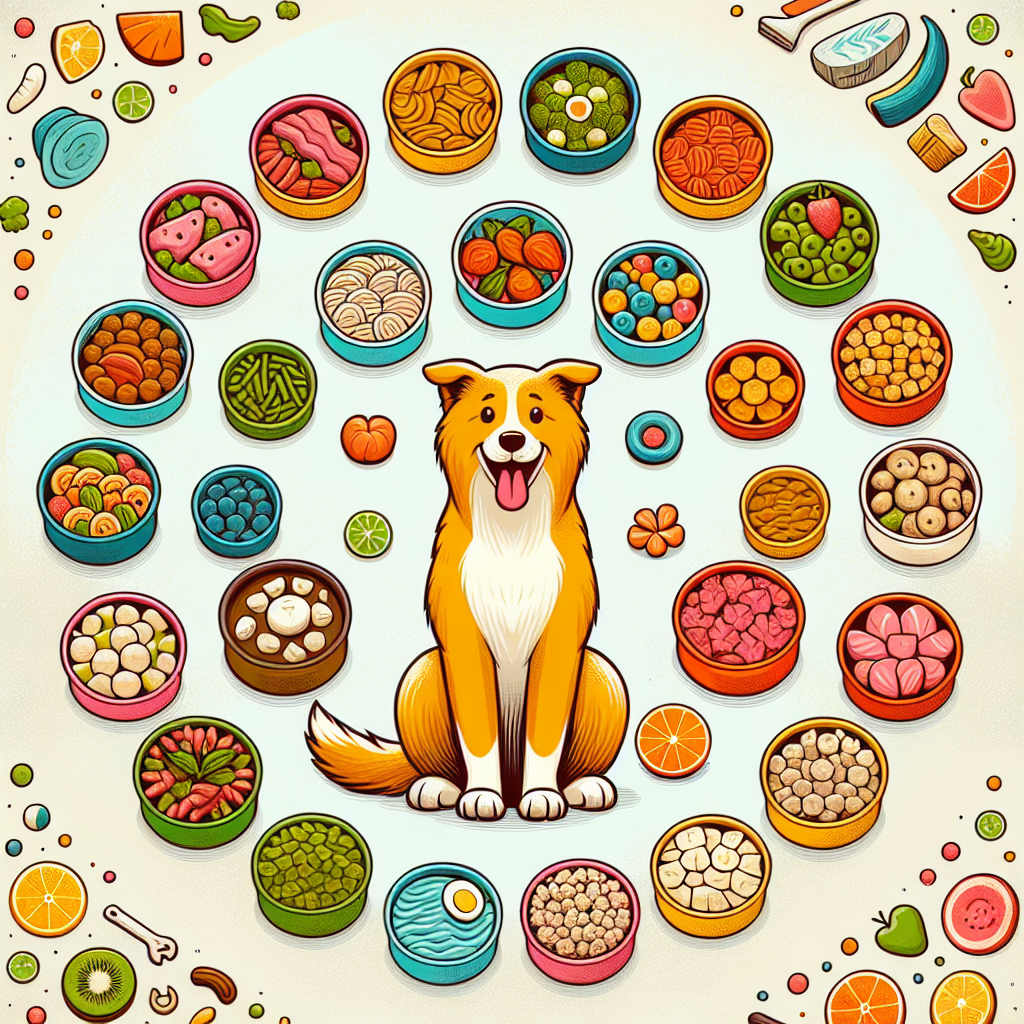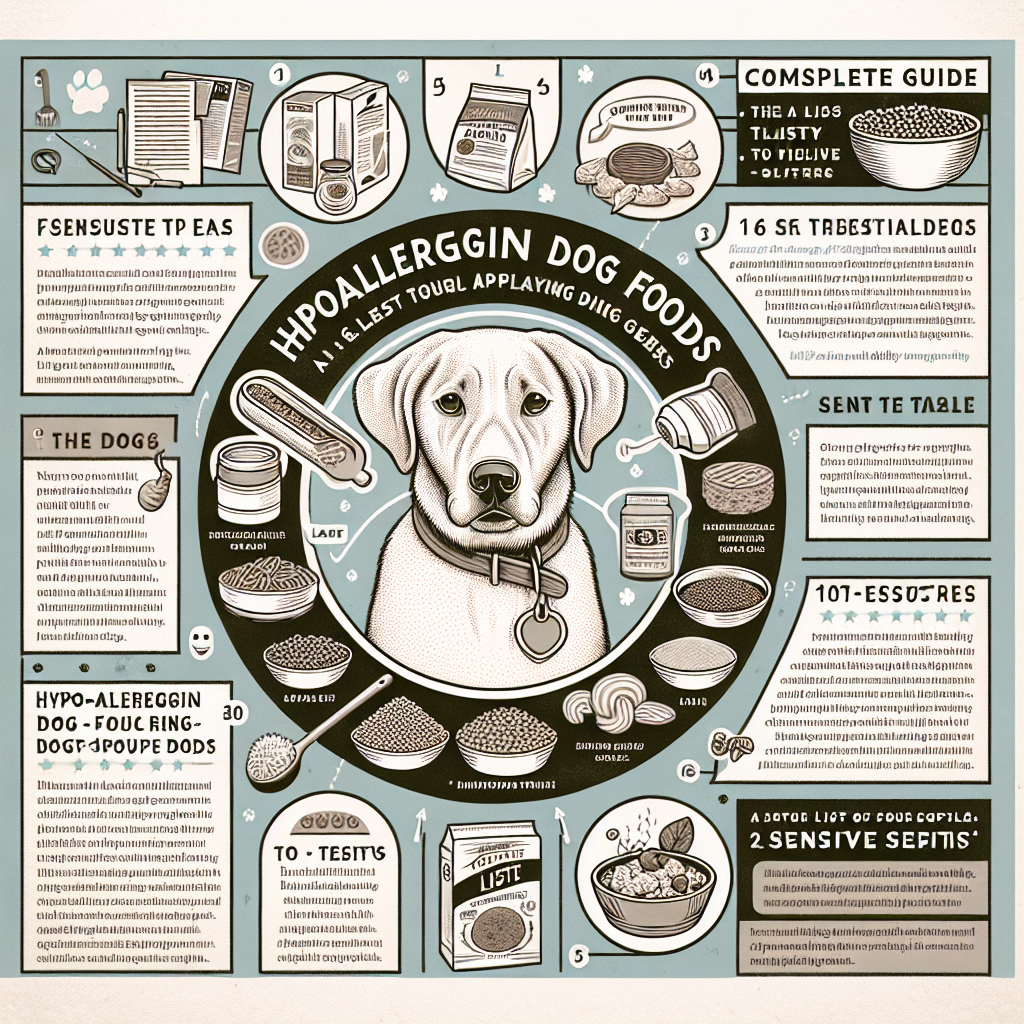
Keeping your dog’s coat shiny and healthy is more than just an exercise in aesthetics. A well-groomed coat can also indicate your dog’s overall health and well-being. In 2024, new advancements and insights have emerged in dog grooming, making it easier than ever to ensure your furry friend looks and feels their best. This comprehensive guide outlines the top 10 essential dog grooming tips, complete with modern techniques and products to help your dog sport a radiant, healthy coat.
1. Regular Brushing
Why Brushing is Crucial
Regular brushing is the cornerstone of a healthy coat. Brushing helps to remove dirt, dead hair, and mats, making your dog’s coat look smoother and shinier. It also stimulates the skin and promotes blood circulation, which in turn helps distribute natural oils evenly throughout the coat.
Types of Brushes
Choosing the right brush for your dog’s coat type is essential:
-
- Slicker Brushes: Ideal for removing mats and tangles in medium to long-haired dogs.
-
- Bristle Brushes: Suitable for short-haired breeds and provide a smooth, shiny finish.
-
- Undercoat Rakes: Perfect for dogs with thick undercoats to remove loose hair.
Brushing Frequency
For most breeds, brushing your dog 2-3 times a week is sufficient. Dogs with longer or thicker coats may require daily brushing to prevent mats and tangles.
2. Proper Bathing Techniques
Choosing the Right Shampoo
Selecting the appropriate shampoo is vital. Look for products specifically designed for dogs, as human shampoos can be too harsh. In 2024, natural and organic dog shampoos have gained popularity due to their gentle ingredients and effectiveness.
-
- For Sensitive Skin: Hypoallergenic shampoos containing oatmeal or aloe vera.
-
- For Oily Coats: Shampoos with tea tree oil or citrus extracts.
-
- For Dry, Itchy Skin: Formulas containing soothing ingredients like chamomile.
Bathing Frequency
Frequent baths can strip the natural oils from your dog’s coat, leading to dryness and irritation. Generally, bathing your dog every 4-6 weeks is recommended, but this can vary based on the breed, coat type, and activity level.
Bathing Process
-
- Preparation: Brush your dog before bathing to remove any loose hair or mats.
-
- Water Temperature: Use lukewarm water.
-
- Application: Wet your dog thoroughly and apply shampoo, avoiding the eyes and ears.
-
- Rinse: Rinse your dog thoroughly to remove all shampoo residues.
-
- Drying: Towel dry and, if necessary, use a blow dryer on a low, cool setting.
3. Balanced Diet
Nutritional Needs
A balanced diet rich in vitamins, minerals, and fatty acids is crucial for maintaining a healthy coat. Look for dog foods that list meat as the first ingredient and contain omega-3 and omega-6 fatty acids, zinc, and biotin.
Supplements
In some cases, supplements can help improve coat health:
-
- Fish Oil: Rich in omega-3 fatty acids, it helps to reduce inflammation and dryness.
-
- Biotin: Supports healthy skin and coat.
-
- Zinc: Essential for preventing hair loss and maintaining an overall healthy coat.
Homemade Dog Food
For those who prefer homemade dog food, ensure the diet is well-balanced. Consult with a veterinarian or canine nutritionist to formulate a diet tailored to your dog’s specific needs.
4. Hydration
Importance of Water
Hydration plays a critical role in maintaining a shiny, healthy coat. Dehydration can lead to dry, brittle hair and skin problems.
Fresh Water Supply
Always ensure your dog has access to fresh, clean water. During hot weather or after vigorous activity, monitor your dog’s water intake to prevent dehydration.
Moisture-Rich Foods
Incorporating moisture-rich foods, such as wet dog food or fruits like watermelon and cucumbers, can help improve your dog’s hydration levels.
5. Regular Veterinary Checkups
Health Assessments
Regular veterinary checkups can catch potential health issues before they affect your dog’s coat. Conditions like allergies, hormonal imbalances, and parasites can lead to coat problems.
Parasite Control
Parasites such as fleas and ticks can cause severe itching and lead to hair loss. Use vet-recommended flea and tick preventatives to keep your dog parasite-free.
Skin Conditions
If your dog displays symptoms like excessive shedding, redness, or sores, consult your vet immediately to rule out any serious underlying conditions like dermatitis or fungal infections.
6. Stress Management
Impact of Stress on Coat Health
Stress can negatively impact your dog’s coat, leading to excessive shedding or hair loss. Recognizing and managing stress in your dog is crucial for maintaining a healthy coat.
Stress Relief Techniques
-
- Exercise: Regular physical activity helps reduce stress levels.
-
- Adequate Rest: Ensure your dog has a comfortable, quiet place to rest.
-
- Mental Stimulation: Interactive toys and regular playtime can help keep your dog mentally stimulated and reduce anxiety.
-
- Calming Products: In 2024, many new calming products like pheromone diffusers, calming collars, and CBD oil have gained popularity for managing stress in dogs.
7. Professional Grooming
Benefits of Professional Grooming
Enlisting the help of professional groomers can make a significant difference in your dog’s coat health. Groomers are trained to handle all coat types and can offer services, such as trimming, de-shedding, and specialized treatments, that are difficult to do at home.
Finding the Right Groomer
Look for a groomer who:
-
- Is certified and experienced
-
- Uses high-quality grooming products
-
- Has positive reviews and recommendations
Frequency of Grooming Sessions
For most dogs, a visit to the groomer every 6-8 weeks is sufficient. However, breeds with more demanding grooming needs may require more frequent visits.
8. Proper Trimming Techniques
Importance of Trimming
Regular trimming of your dog’s coat helps to prevent mats and tangles and keeps your dog looking neat. It’s especially important for breeds with continuously growing hair, like Poodles and Shih Tzus.
Tools You’ll Need
-
- Scissors: Sharp, pet-safe scissors for precision trimming.
-
- Clippers: Electric clippers with adjustable settings for different coat lengths.
-
- Comb: A fine-toothed comb to help guide your trimming.
Trimming Process
-
- Bath and Brush: Always bathe and brush your dog before trimming.
-
- Start Small: Begin with small, less noticeable areas to get comfortable.
-
- Guide with Comb: Use the comb to lift hair and guide your trimming.
-
- Safety First: Always cut away from your dog’s skin to avoid injury.
9. Specialized Coat Treatments
Moisturizing Treatments
For dogs with dry, flaky skin, moisturizing treatments can make a world of difference. Products like leave-in conditioners and coat sprays with natural ingredients like coconut oil and shea butter can help lock in moisture.
Anti-Shedding Treatments
Excessive shedding can be managed with specialized treatments like de-shedding shampoos and conditioners that strengthen hair follicles.
Flea and Tick Treatments
Beyond using topical preventatives, consider shampoos and sprays designed to repel and eliminate these pests without causing irritation to your dog’s skin.
10. Seasonal Considerations
Summer Grooming
During hot months, focus on keeping your dog cool and comfortable:
-
- Frequent Baths: Use cooling shampoos with aloe vera.
-
- Shorter Trims: Keep the coat shorter to prevent overheating, but never shave a double-coated breed completely.
Winter Grooming
In colder months, help your dog maintain natural insulative properties:
-
- Longer Coat: Let the coat grow longer to provide natural warmth.
-
- Paw Care: Use paw balms to protect against ice and salt.
Spring and Fall
These seasons often bring increased shedding as dogs transition their coats:
-
- De-shedding Tools: Invest in good-quality de-shedding tools.
-
- Regular Brushing: Increase brushing frequency to manage seasonal shedding.
Grooming Post-Outdoor Activities
After excursions such as hiking or beach trips, give your dog a thorough rinse to remove any environmental debris that could mat the coat or irritate the skin.
Conclusion
Maintaining a shiny, healthy coat for your dog involves multiple facets of care, from regular grooming and proper nutrition to stress management and seasonal considerations. By following these top 10 essential grooming tips for 2024, you can ensure that your dog not only looks stunning but also remains healthy and happy. Remember, each dog is unique, and tailoring your grooming routine to your dog’s specific needs will yield the best results. Whether you’re a seasoned pet owner or a new one, investing the time and effort into your dog’s grooming regimen will pay off in the form of a radiant, healthy coat and a joyful, thriving dog.
#ChatGPT assisted in the creation of this article.
